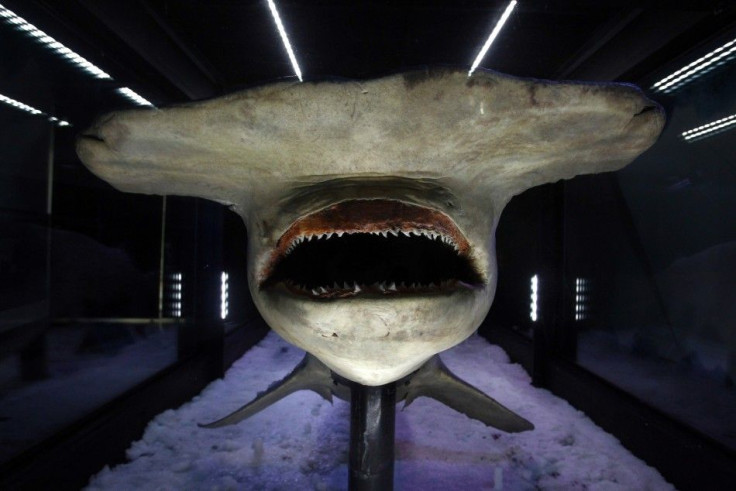What Big Teeth They Had! Scientists Discover Ancient Predatory Fish

A team of scientists has discovered an ancient species of predatory fish that existed almost 400 million years ago and had long, sharp teeth.
Laccognathus embryi was a lobe-finned fish that grew as long as five or six feet. It had a wide head and small eyes. It also had a jaw filled with sharp teeth that were 1.5 inches long, National Geographic reported.
The new fish species was described in the Journal of Vertebrate Paleontology.
The scientists who made the discovery were from the Academy of Natural Sciences in Philadelphia, Harvard University, and the University of Chicago. Research funding came from the National Science Foundation and the National Geographic Society.
The fish is 375-million-years-old and lived during the Devonian period, scientists said.
The Devonian period was part of the Paleozoic era and known as the Age of Fishes due to the variety of fish that existed during that time, according to National Geographic.
The fossil remains were discovered on Ellesmere Island in Canada's Nunavut Territory, according to an Academy press release, and scientists say its closest living relative is the lungfish.
I wouldn't want to be wading or swimming in waters where this animal lurked, co-author and the Academy's curator of vertebrate zoology Edward Daeschler said in the press release. Clearly these Late Devonian ecosystems were vicious places, and Laccognathus filled the niche of a large, bottom-dwelling, sit-and-wait predator with a powerful bite.
© Copyright IBTimes 2024. All rights reserved.





















